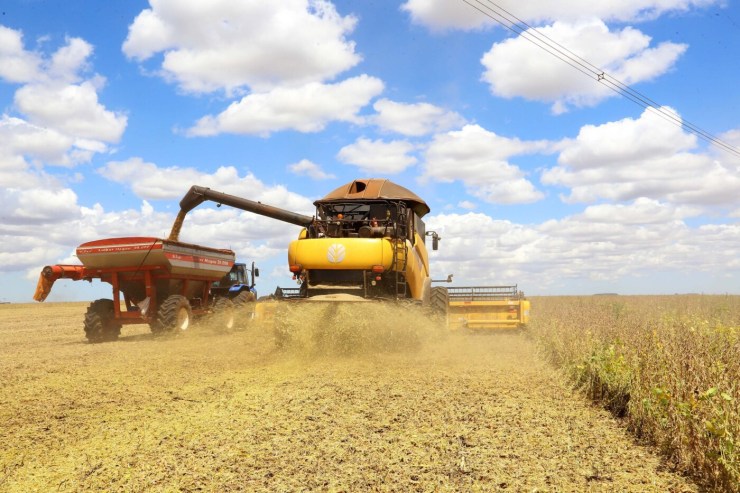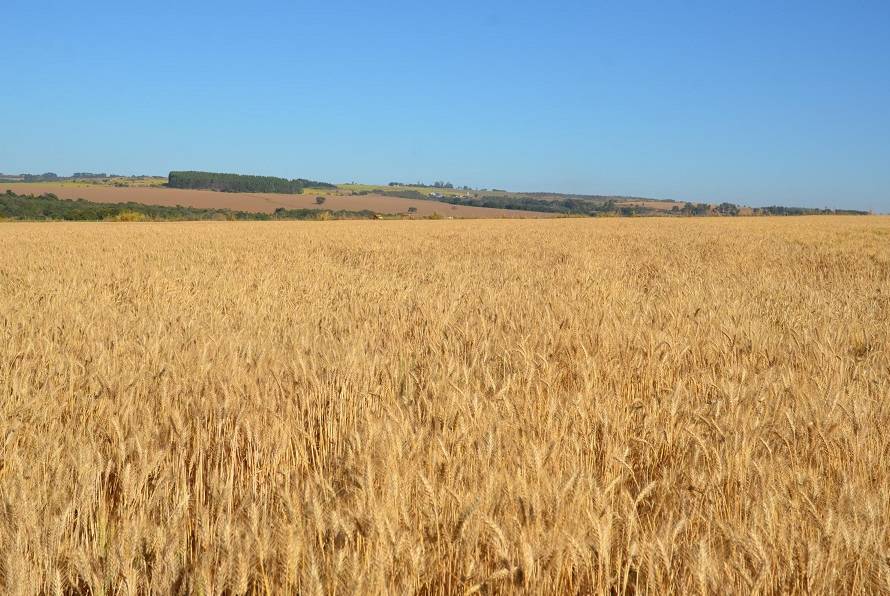The Senate's Agriculture and Agrarian Reform Committee (CRA) held a public hearing last Wednesday (28) to discuss the 2025/26 Harvest Plan. The Ministry of Agriculture and Livestock (Mapa) was represented by the Secretary of Agricultural Policy, Guilherme Campos.
Campos highlighted that the support of CRA, together with the Agriculture, Supply and Rural Development Committee of the Chamber of Deputies and the Parliamentary Front for Agriculture (FPA) are fundamental for the construction of the Plan, in addition to the participation of the private sector.
 “The Safra Plan that is being developed has the challenge of reconciling two things – the resource and the subsidy rate. And this is being considered as a matter of fine-tuning so that we can present a Safra Plan that is robust, responsible, and that gives the entire sector the capacity to leverage itself,” the secretary highlighted.
“The Safra Plan that is being developed has the challenge of reconciling two things – the resource and the subsidy rate. And this is being considered as a matter of fine-tuning so that we can present a Safra Plan that is robust, responsible, and that gives the entire sector the capacity to leverage itself,” the secretary highlighted.
Another point discussed was Rural Insurance. The secretary highlighted the work of the Minister of Agriculture and Livestock, Carlos Fávaro, in developing an Insurance that better serves rural producers. “Minister Carlos Fávaro has been working hard to ensure that we can present a rural insurance proposal that is appropriate for this new era. The need to strengthen the activity of rural producers, directly linked to climate risks, is increasingly greater. In recent years, we have observed the increasing presence of extreme weather phenomena in the daily life of the countryside. Therefore, it is essential that we have a new definition for rural insurance”, said Guilherme Campos.
On that occasion, the OCB System presented priority proposals for cooperatives, divided into three structuring axes, in addition to rural risk management, citing the PSR and Proagro.
The Brazilian Agriculture and Livestock Confederation (CNA) highlighted the points for a more robust Harvest Plan within the proposal of the Agricultural and Livestock Plan 25/26, delivered to Mapa in April of this year, as well as the priority proposals.
Regarding the current Harvest Plan, Gilson Bittencourt, Undersecretary of Agricultural Policy and Agro-Environmental Business of the Secretariat of Economic Policy of the Ministry of Finance, stated that there was an increase in contracts. “When we analyze rural credit from July of last year to April of this year, we have Pronaf, which grew 5%. Pronamp, which is for medium-sized producers, grew 13%. When we take into account investments and equalized costs, they more or less remained the same or grew a little. The actual drop was in rural credit at free rates,” he stated.
The debate aimed to present scenarios and perspectives for the new Harvest Plan, which is due to be launched at the end of June. The topics discussed were: increased interest rate equalization, rural insurance, grain storage, among others.





